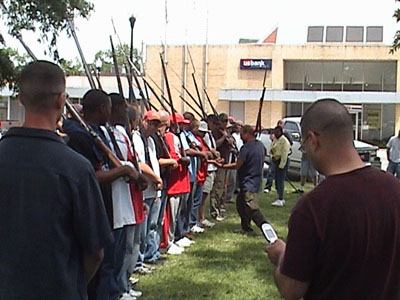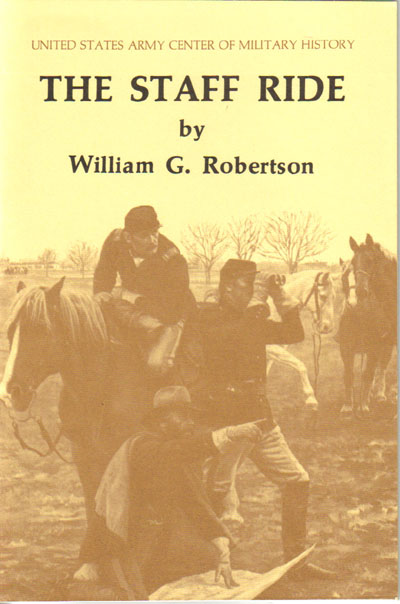Lessons from Centralia

The US Army’s Staff Ride program is a concentrated, in-depth study of a battle or campaign that puts students in the “boots†of historical commanders and participants. It is much more than simply a battlefield tour, although visiting the actual battlefield is an important and integral part of each staff ride. Consisting of three distinct phases, students begin with the classroom Study Phase of the battle/campaign, then later move on to the actual battlefield for the Field Study Phase where they walk the ground of the historical battle. Finally, they are guided through an Integration Phase during which students and Staff Ride leaders reflect on what they’ve learned from the experience and how it helps them better understand war and combat. The Staff Ride was created by Major Eben Swift, in 1906 Assistant Commandant of the Army’s General Service and Staff School (today it’s the Command and General Staff College) at Fort Leavenworth, Kansas, and it was a part of the curriculum for 5 years. After decades’ absence, however, the “modern†Staff Ride program was resurrected by Dr. W. Glenn Robertson of the Army’s Combat Studies Institute (the original CSI!) and included in the CGSC curriculum beginning with the 1982-83 school year. Since that time, thousands of officers attending CGSC have taken the course and tens of thousands of officers and Soldiers in the Army at large (as well as the National Guard) have participated in staff rides of battles as varied as the battle of Chickamauga (1863), Vicksburg (1863), the Little Bighorn (1876), D-Day (1944), the Battle of the Bulge (1944) and almost every conflict over the past two centuries.
Students use Dr. Robertson’s The Staff Ride – the “Bible†for conducting these exercises — as a guide. The Staff Ride is available on-line.
{default}
For copies of this and other publications of the Combat Studies Institute Press, contact: csiweb – at- leavenworth.army.mil
Recently, Armchair General even got into the staff ride act. ACG underwrote the costs of a staff ride of the Revolutionary War battles fought in and around New York City in 1776 for Major General Terpeluk and about 65 members of the New York National Guard. The staff ride was led by ACG Advisory Board member and frequent contributor, Barnet Schecter (best-selling author of The Battle for New York: The City at the Heart of the American Revolution and The Devil’s Own Work: The Civil War Draft Riots and the Fight to Reconstruct America). We are very proud of having helped make this training exercise possible.
The following article by CGSC historian, Deb Goodrich, explains this latest Army effort to capitalize on the lessons of past combat by using the Staff Ride to delve into one of the most notorious incidents of the American Civil War – Confederate guerilla Captain William “Bloody Bill†Anderson’s raid on Centralia, Missouri and the subsequent ambush of a Union relief force by hundreds of guerrillas in the fields outside the small central Missouri town in 1864.
[continued on next page]

